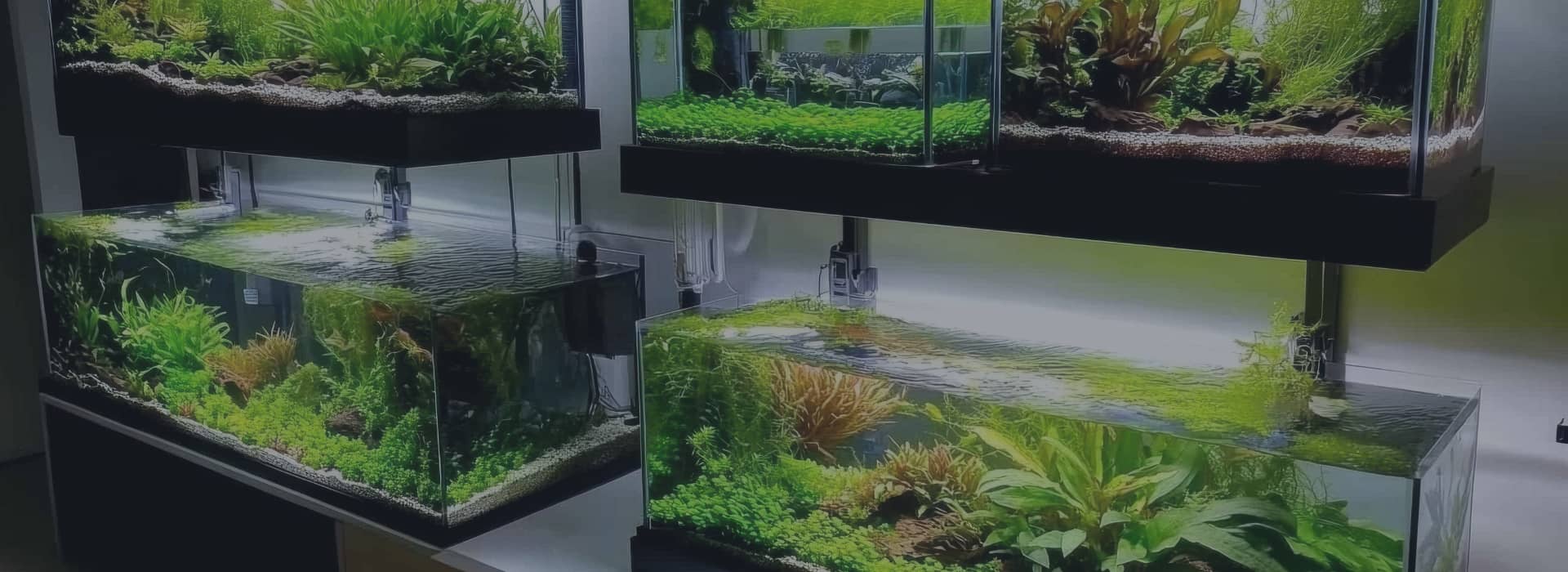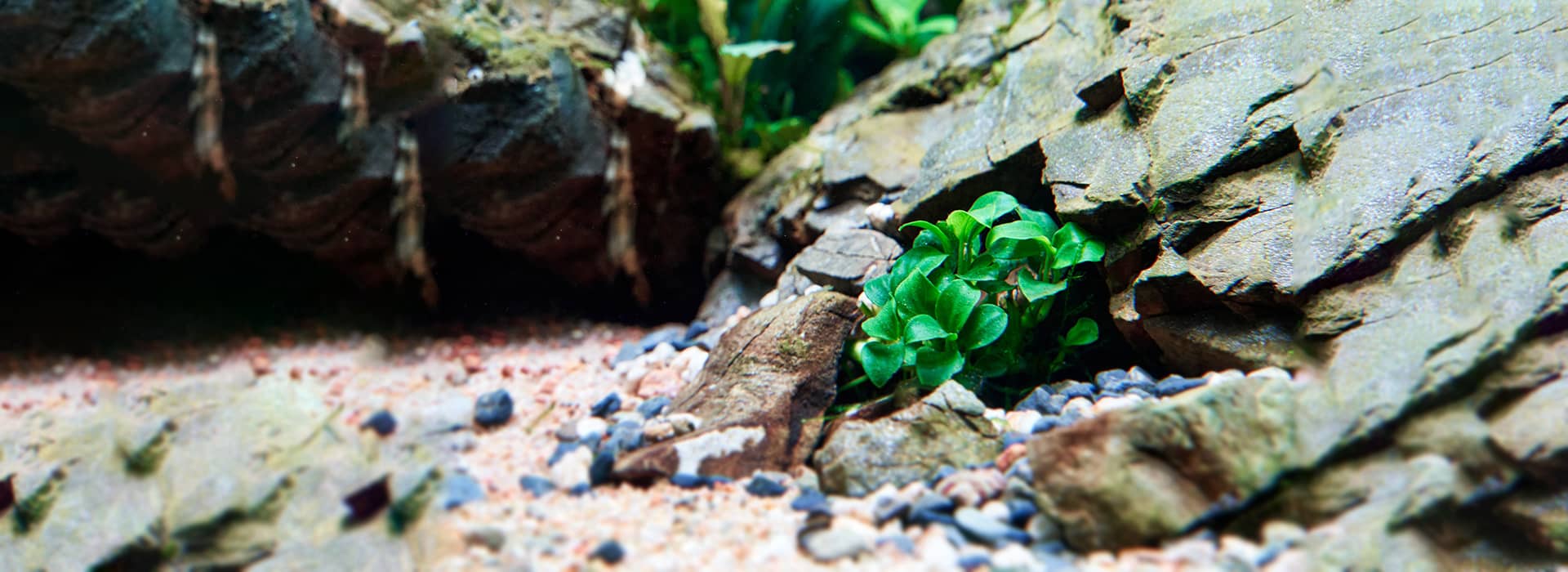Freshwater Ich, also known as ‘white spot disease,’ is a common ailment affecting aquarium fish worldwide. It is caused by the protozoan parasite Ichthyophthirius multifiliis. Recognising and treating this disease promptly can be the difference between life and death for your aquatic pets.
Identifying Freshwater Ich
The most obvious symptom of Ich is the appearance of small, white spots on the fish’s body resembling grains of salt. Infected fish may also exhibit signs of irritation, such as rubbing against objects in the tank, rapid gill movement, and lethargy.
Fish affected by the parasite may die due to direct tissue damage and secondary infections from other microorganisms.
Ich Life Cycle
Understanding the life cycle of ich is crucial for effective treatment. The parasite goes through several stages:
1. Trophont: The feeding stage where the parasite burrows into the fish’s skin.
2. Protomont: The stage where the trophont falls off the fish and forms a cyst on the substrate.
3. Tomont: The reproductive stage within the cyst, where it divides into hundreds of tomites.
4. Theront: The free-swimming stage where the tomites seek out a host fish.
Treating Fish Ich
Treatment should begin as soon as Ich is identified. The parasite’s lifecycle includes stages where it is impervious to treatment–the adult feeding stage (trophont) and the reproducing stage (tomites).
Only the free swimming theronts are susceptible to chemical treatment because they are unprotected. Repeated treatments will kill the parasites at this stage of their life cycle.
1. Raise the Water Temperature: Increasing the temperature to around 30°C (86°F) speeds up the lifecycle of the parasite, allowing the medication to work more effectively.
2. Medication: Products containing malachite green, formaldehyde, or copper sulphate are commonly used to treat Ich. Follow the instructions carefully, as overdosing can harm the fish.
3. Aquarium Salt: Adding salt to the aquarium can help treat Ich by disrupting the parasite’s osmotic balance.
4. Water Quality: Maintain high water quality through regular water changes and filtration to prevent secondary infections.
Preventing Ich Outbreaks in Freshwater Aquariums
An outbreak can be devastating to an aquarium, but with the right knowledge and preventative measures, it’s possible to keep your aquatic pets safe and healthy. Here’s a comprehensive guide to preventing ich outbreaks in your freshwater aquarium.
Maintain Optimal Water Quality
Regular water changes, proper filtration, and monitoring of water parameters are essential. Keeping ammonia, nitrite, and nitrate levels low reduces stress on fish, making them less susceptible to infections.
Quarantine New Additions
Before introducing new fish or plants to your aquarium, it’s crucial to quarantine them for at least two to four weeks. This period allows you to observe the new arrivals for any signs of disease, including ich, and treat them if necessary before they join your main tank.
Avoid Overstocking
Overcrowding can lead to increased stress and aggression among fish, weakening their immune systems. Ensure your aquarium has enough space for all its inhabitants to thrive, reducing the likelihood of stress-induced diseases like ich.
Stable Water Temperature
Sudden changes in water temperature can stress fish and trigger ich outbreaks. Keep the temperature stable and within the suitable range for your specific fish species. Use a reliable heater and regularly check the temperature to prevent fluctuations.
Balanced Diet
Feeding your fish a balanced diet ensures they get the necessary nutrients to maintain a strong immune system. A healthy diet can help fish resist infections, including ich. Avoid overfeeding, as this can lead to poor water quality and additional stress.
Minimise Handling and Transport Stress
Transportation and handling are significant stressors for fish. When acquiring new fish, minimise the time they spend in transit and acclimate them slowly to your aquarium’s conditions to reduce the shock of a new environment.
Regular Monitoring
Keep a close eye on your fish for any unusual behaviour or signs of illness. Early detection of ich, even before the appearance of white spots, can make treatment more effective and prevent a full-blown outbreak.
Stress Reduction
Creating a peaceful environment for your fish is crucial. Avoid aggressive tank mates, provide plenty of hiding places, and maintain a routine for feeding and maintenance to keep stress levels low.
Frequently Asked Questions
How long does it take to treat fish Ich?
Treatment duration varies but typically lasts for at least 10 days to ensure all parasites, including those in the impervious stage, are eradicated.
Is Ich contagious to other fish?
Ich is highly contagious. If one fish is infected, the entire tank is likely affected, and treatment should be applied to all fish.
What types of fish are susceptible to Ich?
The parasite responsible for this ich does not show a high degree of host specificity, meaning it can infect any species of freshwater fish.
Can ich live in a tank without fish?
Ich can survive for a short period without a host, but it cannot complete its life cycle and reproduce without fish. Cleaning and disinfecting the tank can help eliminate the parasite.
Fight Fish Ich with Prevention and Timely Treatment
Identifying and treating freshwater Ich promptly is crucial for the health and well-being of aquarium fish.
Recognising the symptoms, understanding the parasite’s life cycle, and implementing effective treatment methods are essential steps in combating this common aquarium disease.
Additionally, quarantining new fish, regular monitoring, maintaining water quality, and providing proper nutrition can help reduce the risk of Ich outbreaks.
Remember that Ich is highly contagious, and timely treatment is necessary to prevent its spread to other fish in the aquarium.








